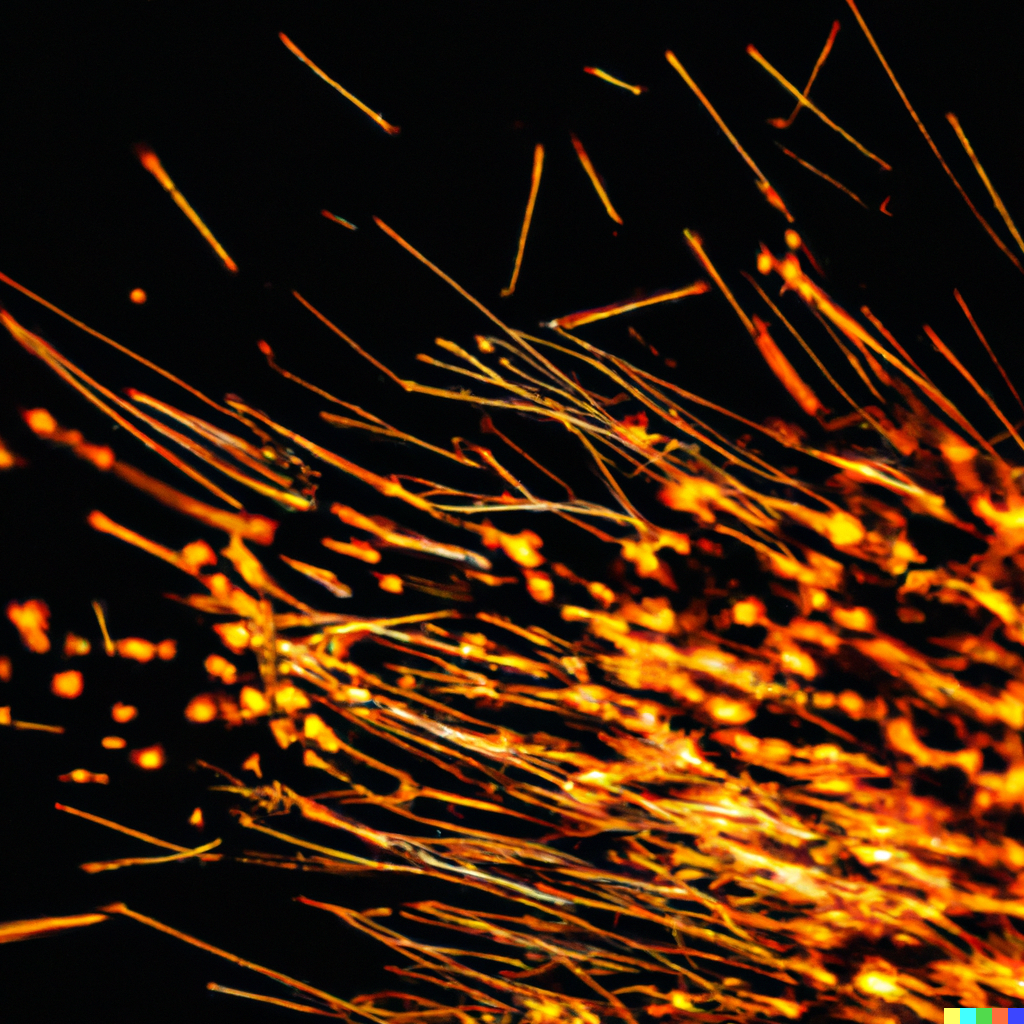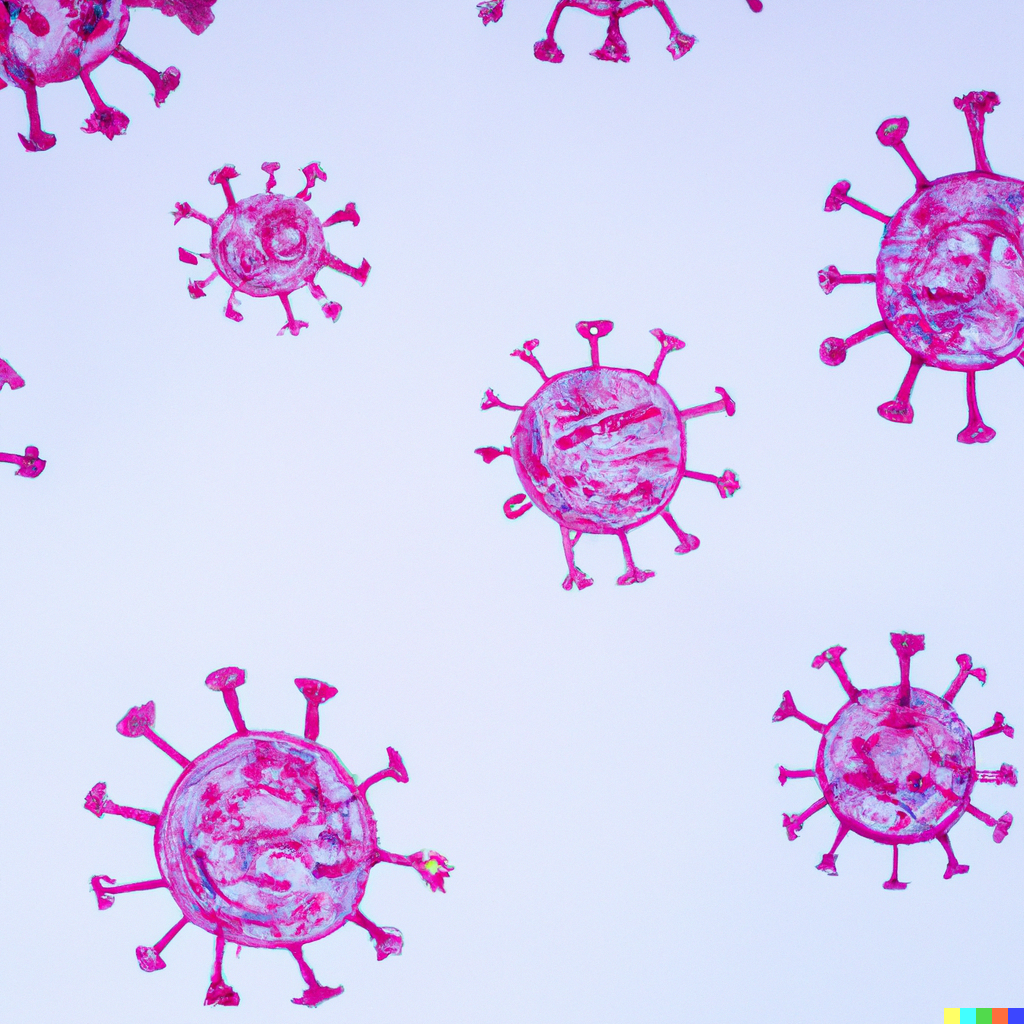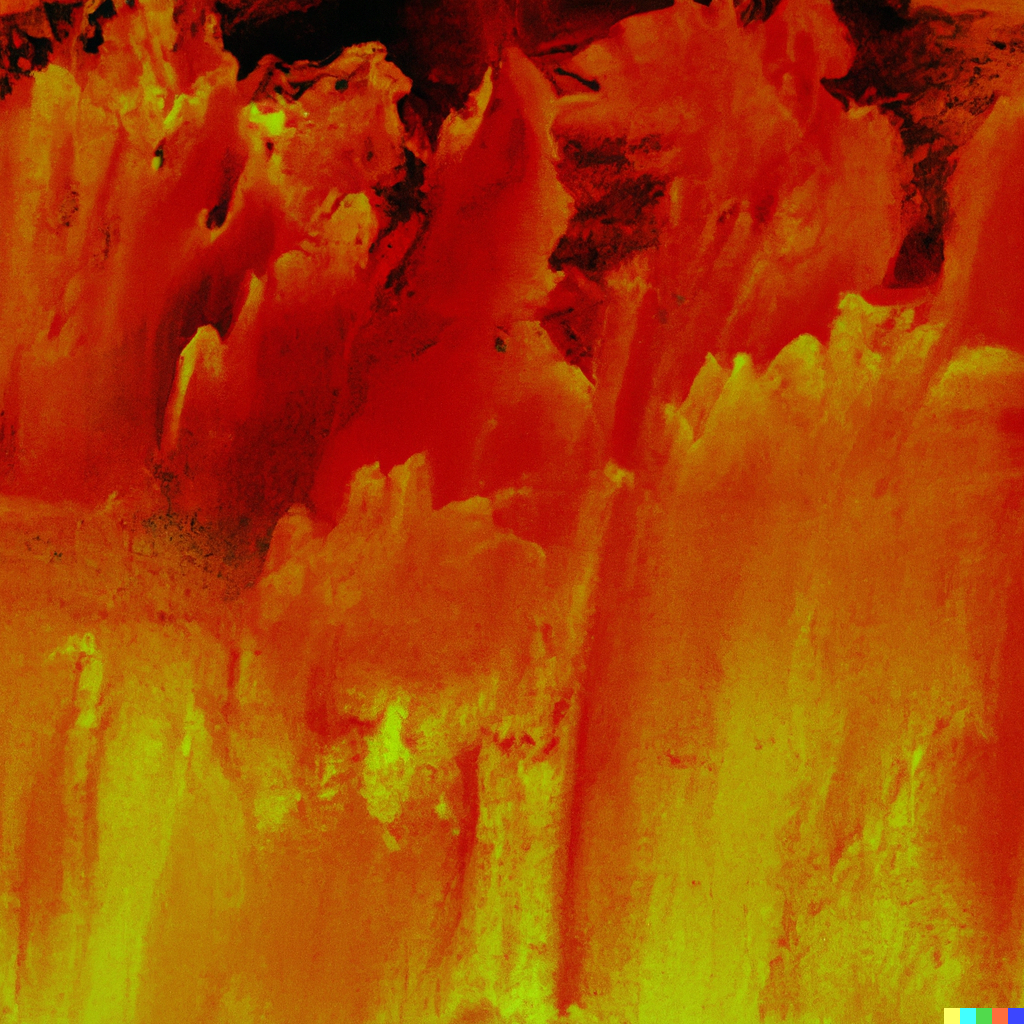
Combining computational modeling with real-world data analysis
Our Units

[Dev] Data Analysis Blocks
Students investigate and model how and why ink spreads at different speeds in more quickly in hot and than cold water. They will analyze experimental data and program a MoDa model to explain the trends. The MoDa model will be based on video data from the experiment.

[Dev] Eutrophication v2
Students investigate and model how and why ink spreads at different speeds in more quickly in hot and than cold water. They will analyze experimental data and program a MoDa model to explain the trends. The MoDa model will be based on video data from the experiment.

[Dev] Population dynamics
Students investigate and model how and why ink spreads at different speeds in more quickly in hot and than cold water. They will analyze experimental data and program a MoDa model to explain the trends. The MoDa model will be based on video data from the experiment.

Heat conduction [dev]
Students investigative and analyze the mechanisms and principles behind heat transfer in solids. Through experimentation, they will gather and document data from two distinct plate materials, subsequently comparing their findings with the model they have designed.

Ink spread in water
Students investigate and model how and why ink spreads at different speeds in more quickly in hot and than cold water. They will analyze experimental data and program a MoDa model to explain the trends. The MoDa model will be based on video data from the experiment.

Photosynthesis

Spread of PM 2.5 particles
Students analyze data of the spread of different smoke particles and observe that PM2.5 particles travel farther than PM10 particles. They then investigate and model how and why PM2.5 particles spread further away than PM10 particles, and compare their model with data.

